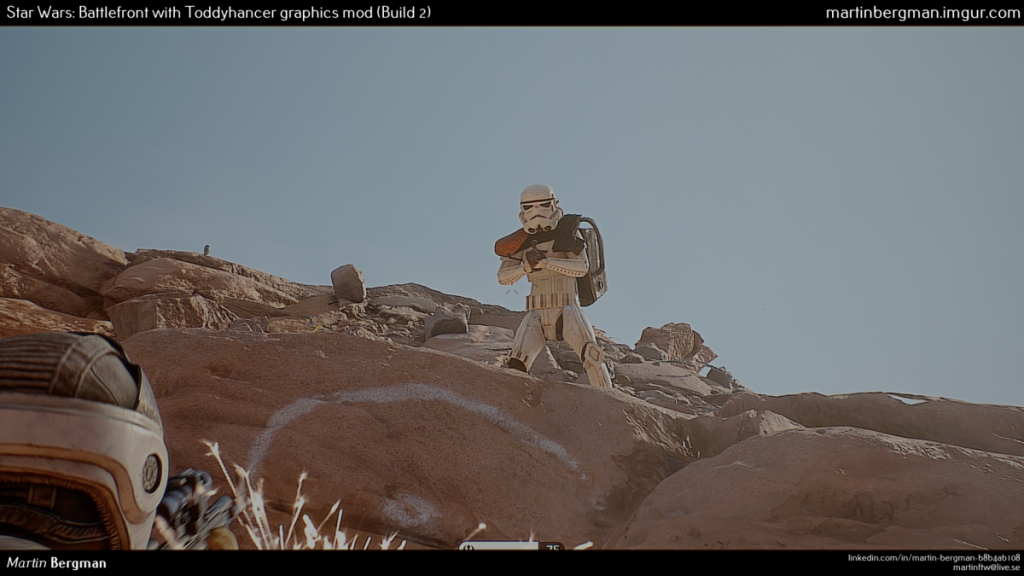Back in the days before floppy discs were prevalent, and long before hard drives were a consumer product, most computer hobbyists used analog tape to store and load their programs. Often in those dark days, when you went to buy a new program from a retailer, you received a cassette tape and a one page set of instructions. Below was just such a tape that I recently discovered that I still had in my possession. The tape dates from 1982, and it was an adventure game called "Bedlam" from Radio Shack for the 6809e Color Computer. It is defintely a bit worse for wear, but overall not so bad.
The load process involved putting the tape in the cassette recorder attached to your computer and rewinding it. then came the seemingly magical part of the process – setting the cassette player's volume control to that special number that worked more of than not. Then you type in the command – usually "cloadm" if it was a binary file (and the cool stuff was), and hit enter.
At that point you were in for a wait. If you were lucky, there would be no "I/O Error" on the screen, and you executed the loaded program. But if there was an error, you would fine tune the volume control to that magic number again, rewind the tape, and restart the process. On a good day things worked without a hitch. On a bad day, you just kept at it – there really were not a lot of alternative actions. But usually they would end up loading.
In fact, I have had cassette tape data that outlived floppy disks, especially the 5 1/4" variety. Perhaps the hole punching to make the disc double sided had something to do with it, but that is a completely different story.
The Compact Cassette
The Compact Cassette, often referred to as audio cassette, cassette tape, cassette, or simply tape, is a magnetic tape sound recording format. It was designed originally for dictation, but improvements in fidelity led the Compact Cassette to supplant the Stereo 8-track cartridge and reel-to-reel tape recording in most non-professional applications. Its uses ranged from portable audio to home recording to data storage for early microcomputers. Between the early 1970s and the late 1990s, the cassette was one of the two most common formats for prerecorded music, first alongside the LP record and later the Compact Disc.
source:wikipedia



